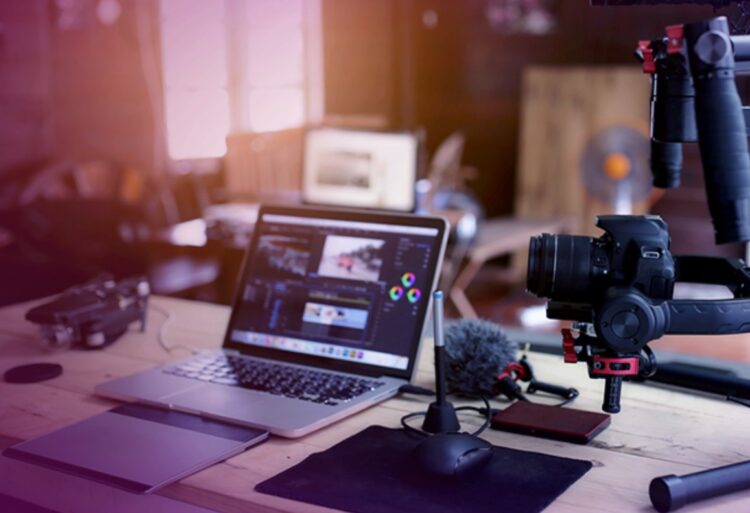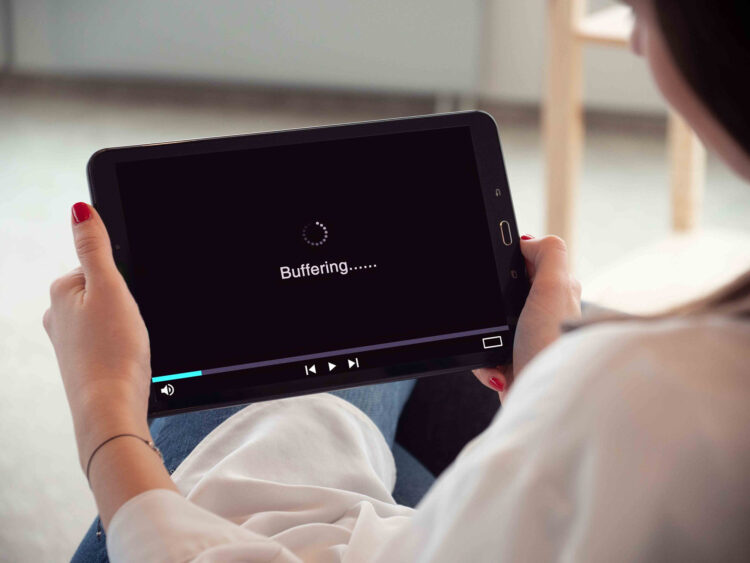
Live streams remain popular today, and many people wish to host their own broadcasts. However, doing so may seem overwhelming. It doesn’t have to be. With the right equipment and some basic information, any person can do a live stream today. The following guide explains how to go about doing so.
Purchase the Necessary Equipment
Every person who wishes to live stream with more than their smartphone or webcam will need to invest in equipment. Items needed include video and audio sources, a video encoder, a place to send the live stream, and a reliable internet connection. This equipment ensures every live stream has a consistent look and professional feel.

Audio and Video Sources
One level up from a smartphone or webcam is an HD video camera or camcorder. Use a tripod with this device for steady shots and invest in a video encoder. For more information on video encoders and other equipment needed, click here.
The camera provides videos of higher quality but doesn’t cost a fortune. The only reason a person would need to spend more on a video camera or camcorder of higher quality is when they plan to make videos regularly.
A video encoder is needed when the live stream will be created using something other than a smartphone or webcam. This device converts the video into digital format, so it can be shared on the web. Individuals find they can choose from encoding software for use on the computer or a hardware encoder.
To use the encoding software, the streamer must purchase an adapter or capture device. This device connects the recording device and the computer.
As a person’s skills progress, they may wish to upgrade the camera or camcorder and invest in an audio mixer and computer graphics software. Multiple cameras may also be purchased to capture the stream from different angles.

The Live Stream
Once the equipment is in place, it is time to determine where the live stream will appear once it is ready. This may be a site on the web, an app, or another platform.
People refer to this destination as a content delivery network or CDN. Many streams choose to use one of the popular content delivery networks that comes with no fee. This includes Facebook Live and YouTube.
However, paid streaming platforms need consideration. When a person chooses this option, they retain more control over the live stream, where it is presented, and how. In addition, the person producing the stream determines who may view the production and whether they will receive money for the views.
Paid streaming platforms include Vimeo and StreamShark. Producers need to research several options to learn about the terms, the monthly plans offered, and more. The cost of the service is dependent on the gigabytes uploaded to the service.
Regardless of whether a person chooses a free or paid streaming platform, they must log into the content delivery network. Certain networks require users to take additional steps before they may begin live streaming.
For example, YouTube has a restriction in place. A user must wait 24 hours to begin live streaming. Consider this when comparing which platform should be used.

Choosing a Content Delivery Network for Live Streams
Content delivery networks cater to different audiences. The producer must recognize this when determining where to share the stream. YouTube remains the most popular video-sharing site. However, this does not mean it is right for everyone. Certain live streams do best on other platforms.
Facebook remains a great choice when a person wants to share a live stream with followers, while Twitch remains the preferred choice for those who love gaming.
However, churches would need a special platform for religious services, while specialized paid platforms work best for large events, like sporting matches.
Promote the Event
Let people know about the live stream prior to its launch. This draws more viewers in and provides individuals with an opportunity to share information about the live stream with other people they believe might be interested in what is being shared via the stream.
Test the Internet Connection
Before going live, test the internet connection. If anything is going to go wrong during the stream, the internet connection would be the likely culprit. Aim for a hard-wired, dedicated Ethernet line connection.
Once the connection has been established, conduct a speed test. The goal is to have 1.5 times the bitrate of the stream to account for any fluctuations in the network.

Conducting the Live Stream
Establish a connection between the audio and video sources and the encoder. Use AC power as opposed to a battery and mount the camera on a tripod for stability. Configure the encoder using the appropriate streaming settings along with the destination settings.
Enter the URL and stream code from the selected content delivery network into the encoder. This brings the streaming platform and encoder together. The content delivery network verifies and connects with the encoder to capture the video data. The encoder must have this connection to send the data to the appropriate place.
A stream name or key provided by the content delivery network is needed for this connection. Keep the key private to avoid unauthorized use of the account on the CDN.
When the time comes to go live, click the “start streaming” button on the encoder. The CDN preview window lets the user know when it is receiving a signal from the encoder. Prepare for lag time of up to 30 seconds before the live stream appears on the content delivery network platform. By integrating a sophisticated video analytics platform, you can gain comprehensive insights into real-time viewer engagement, enabling you to make data-driven decisions and enhance the overall streaming experience.
Tips for a Successful Live Stream
Be prepared for the unexpected. Have backup equipment on hand in case something malfunctions. Do a test run using a private channel or dummy account to learn about any bugs. This test run also helps the host feel more comfortable about doing a live stream.
Look into the camera when speaking. Doing so makes it appear as if the host is speaking directly to the audience. The host appears honest and participants are more likely to remember their words.
Deliver valuable information in each live stream. Make this time fun and interesting. Plan what will be said prior to the event rather than winging it to ensure participants have a good time and learn something new.

Engage with the audience by answering questions live. When doing so, use the person’s name. They will appreciate this and see the host as an industry leader.
Every live stream is different. This guide provides information about the basics, but a person must be prepared for anything when they are speaking to an audience in real time. Use this information to practice the stream before actually going live for great results every time.











